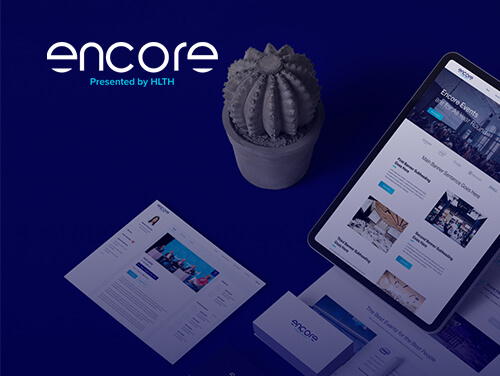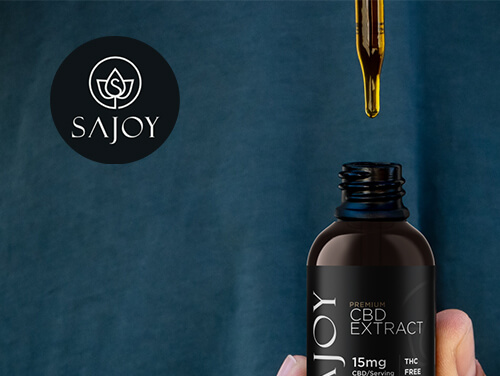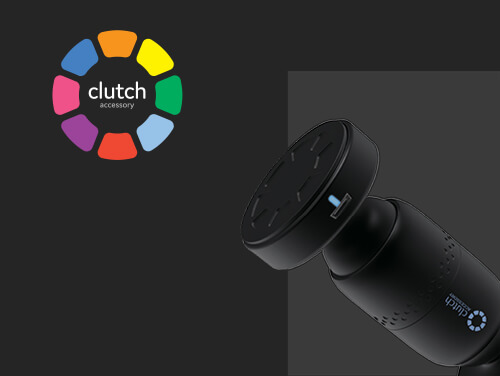

+
2.7M+
4.9M%

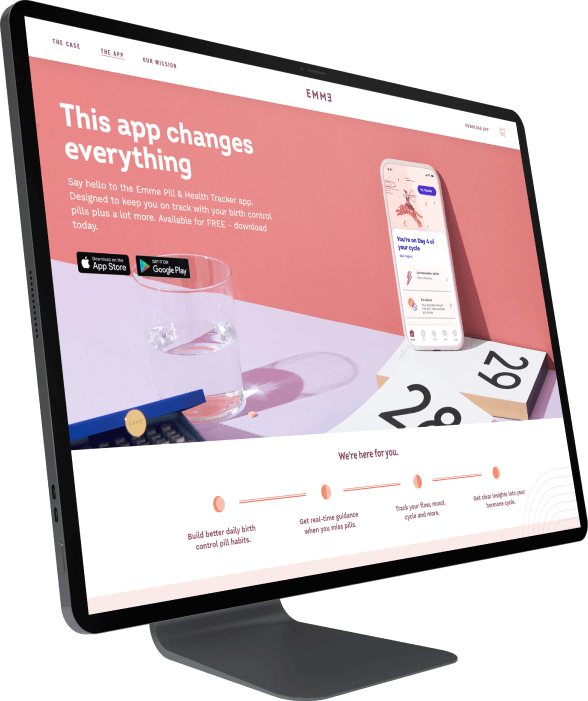


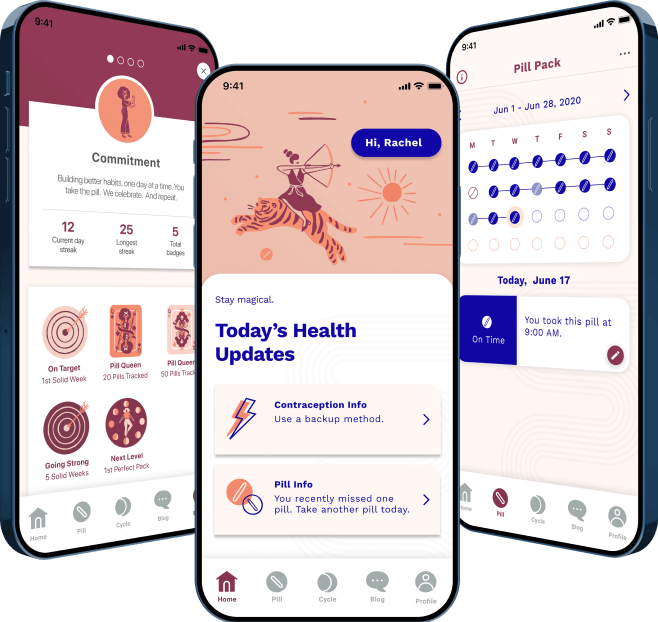















Product launch formula is a step-by-step guide on how to introduce a new product on the market. It will go over steps like:
Define your buying persona
Know your competition
Draft your positioning statement
Pitch your positioning statement to potential investors (if your start-up needs funding)
Plan your go-to-market strategy
Reach out to journalists, bloggers, influencers
Create promo content: explainer videos, application infographics, How-To articles, guides, e-books, etc.
Set your goal for the launch

To successfully launch your product you need to sync your product development, marketing and funding efforts. You need to be sure that:
Your product has a competitive advantage that is of high demand
Your product is accommodating an actual need of your target market
You are aware of the best channels to reach your audience
You have devised a clear and consistent communication strategy throughout all the channels you are about to convey your marketing message
You have enough funds to go through the launch phase, including financing your launch marketing campaign
You have set measurable goals

A product launch is the process of introducing a new product on the market by starting off the marketing strategy toward its popularization among the target audience and actually making it available for purchase at physical and online stores.

A product launch checklist is a list of the essential steps a company should take in order to successfully introduce their new product on the market. It includes all the processes and assets required to complete before and during the launch process, including:
Market research
Positioning statement
Pricing & packaging
Product message
Social Media & media relations
Internal sales training

The product launch is important just as most first impressions are. A poor and unorganized product launch could result in a serious loss of opportunity. The product launch date could create a huge buzz around the product if a marketer strategizes well their activities.
Starting off with poor communication strategy will result in product launch failure. The risk of having your target audience disillusioned with your product, or feeling confused as to what its actual purpose is a risk not worth taking.

Marketing health-related medical devices to women requires in-dept knowledge and experience with the female consumer. In any marketing campaign, it is important to ensure your product is positioned to clearly communicate what makes it unique and different when compared to other similar products. In addition, it’s critical to understand your female customer - what do they need, what do they struggle with, what are challenges they experience. Once you have those data points, you can begin formulating your marketing communications to authentically convey your product’s benefits to you female-focused consumers

When defining the target audience for our clients looking to focus on female audiences, we begin with the basics: How old are they? What are their interests? Are there any subcultures to be aware of? Are there any personas you can identify that can help define each audience segment? You can also include data points such as: Locations, marital status, family status, education level, professional status, income and so on.

When interacting with your female audience, there are a few things to keep in mind: Whom do they trust? And where do they spend their time online and in person? Most women tend to juggle many responsibilities and although they are a large part of all purchasing decisions and the majority of social media consumers, they are short on time. So find out where your specific female audience goes to get their healthcare and medical information and begin to create authentic relationships with those channels. Social media, search engines, conferences and trade shows, email marketing, TV ads, radio ads and podcasts are a great way to start your marketing campaign towards your women-focused audience.

Marketing budgets vary greatly from company to company depending on their level of funding and business goals. Socialfix works with both established and startup companies and we usually try to ensure we meet both budgetary and business goals.

Marketing medical devices is quite different from marketing kitchen appliances or fashion apparel. Some things to keep in mind is the audience for your medical device - are you marketing to B2B or B2C? If you are targeting B2B, you would want to ensure your marketing communications are clearly identifying the challenges and needs of hospital buyers, scientists, healthcare professionals and/or doctor’s offices. If however, you are looking to market directly to your consumer, then your approach would be based on benefit-oriented statements and consumer-facing communications. Your value proposition would also changed depending on whether your audience is mainly B2B or B2C but the foundations would generally stay the same: How does your device solve the customer’s challenges, what are the befits to your product and why should customers buy your device?

The FDA defines a medical device as “an instrument, apparatus, implement, machine, contrivance, implant, in vitro reagent, or other similar or related article, including a component part, or accessory which is:
-
recognized in the official National Formulary, or the United States Pharmacopoeia, or any supplement to them,
-
intended for use in the diagnosis of disease or other conditions, or in the cure, mitigation, treatment, or prevention of disease, in man or other animals, or
-
intended to affect the structure or any function of the body of man or other animals, and which does not achieve its primary intended purposes through chemical action within or on the body of man or other animals and
which does not achieve its primary intended purposes through chemical action within or on the body of man or other animals and which is not dependent upon being metabolized for the achievement of its primary intended purposes. The term "device" does not include software functions excluded pursuant to section 520(o).
To determine if your product meets the definition of a medical device, you should define the intended use and indications for use of your product. Once you have defined the intended use and indications for use of your product, you can determine if the product meets the definition of a medical device.

Social media marketing can be a great way to inform and introduce new patients and customers to innovative new products, virtual communities, new research findings, and also provide an opportunity to introduce people to others who may be experiencing similar results or challenges. When considering social media for your healthcare or medical device company, also carefully identify the purpose as well. For example, brands should think through how they will handle data privacy, misinformation and other patient concerns that pop up.

Social media is a great way to create a community of patients or customers that share the same goals or challenges. Some best practices to help you get started include: ensure you are HIPPA compliant, create a great relationship with your customers or patients, educate your audience on products or service benefits, help people connect with others, help counteract misinformation, and promote sharing resources and support. Your community will appreciate your effort and transparency.

Creating video content for your medical device or healthcare product is a great way to help customers become familiar with: success case studies or use cases of your product, customer reviews from other patients or users, how-to or instructional content to help customers learn to use the product correctly, and potentially also educate customers on topics they are interested in learning more about.

Socialfix specializes in helping both established and startup companies with launch strategies and paid social and search marketing campaigns. Please reach out so we can learn more about your project.

Content marketing is one of the best ways to introduce a new startup to its target audience. The most effective type of content includes educational, value-rich content your audience is actively searching for. So do your research and get to know your customers in real-time so you can deliver the best content available in your industry.
















